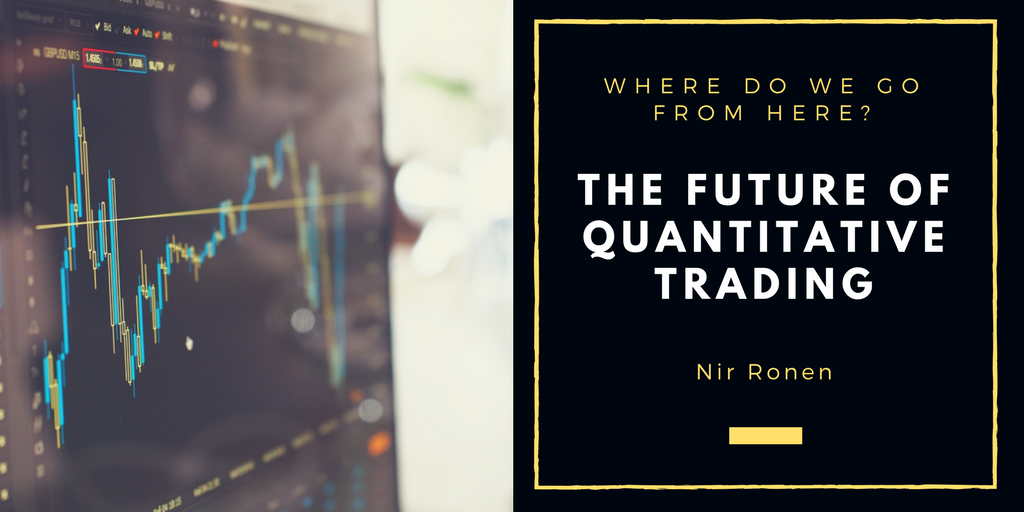The Future of Quantitative Trading
Relying upon complex algorithms and machines to make informed trading decisions, quantitative trading is part of a space race in which firms compete with each other to develop not just the fastest trading algorithms, but also the most efficient. It’s not enough to have the fastest car; the car can only perform at top speed when it has the roads and infrastructure to support it. Or, think of a powerful, content-rich website. If you do not have the bandwidth or router to support the site, then it won’t be able to run at the optimal speed.
Quant trading has only been in existence since the early 2000s, but even in its brief history, the role of the quantitative trader has evolved from a race to come up with new models and derivatives to an emphasis on risk modeling and supporting trading activity. Dependent, as it is, upon modern technology and mathematics, quantitative trading is here to stay. The challenge for quantitative trading to remain a viable force in the stock market will be for traders to develop intelligent and dynamic algorithms adapted to the changing tides of market conditions.
Here are two of the major trends that we can expect to see shaping the future of quantitative trading:
- Trading over an FPGA (field-programmable gate array)
FPGAs such as that used by California company Algo-Logic allow traders to upload their own algorithms into the hardware in under a microsecond. To clarify, field-programmable gate arrays are semiconductor devices structured around a system of configurable logic blocks (CLBs) that are linked through programmable interconnects. FPGAs are both an advantage and a liability to quantitative trading because they are expensive and difficult to program and maintain; they also have some technical limitations such as low clock speed and minimal memory compared to regular CPUs. However, the main advantage of an FPGA is that it can upload an algo from software to hardware and reach a much higher speed resulting in lower latency numbers.
- Radio-frequency lines
Ultra-low latency is a subset of quantitative trading and a primary measure of the success of algorithms, calculated in microseconds, or at times even hundreds of nanoseconds. However, where quantitative traders at first relied on fibers, they are shifting to transmitting data over radio frequency lines. Delivering data over radio-frequency or microwave lines is an even faster, while far less reliable, process than transferring data through fibers. The process involves multiple high gain microwave radio antennas pointed at each other to transfer data in a matter of milliseconds. For speed, the number of towers should be minimized.
Speed will always be a major factor for quantitative trading companies. However, as the technologies used to develop algorithms reach their maximum potential, quantitative trading is likely to experience a shift away from speed to focus on the substance and quality of algorithms for long-term success.

